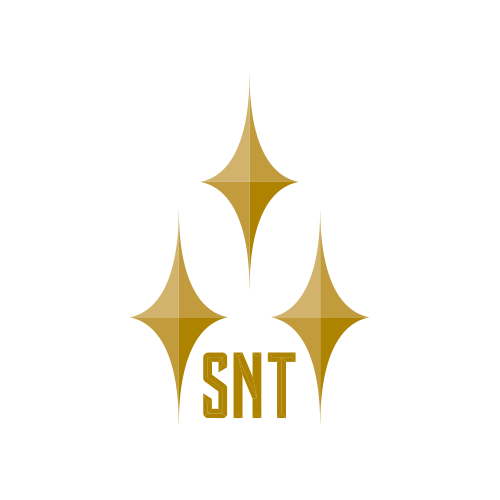Donec efficitur, ligula ut lacinia
viverra, lorem lacus.
Jackie Claiborne – November Artist

Jackie Claiborne’s work is deeply personal, serving as a conduit for joy and self-exploration, bridging the gap between reality and spirituality. Rather than focusing on the final product, the artist emphasizes the process of creation, encouraging viewers to engage with their work through a lens of curiosity and playfulness. This particular project utilized new PET plastic, but the artist plans to incorporate recycled materials in future projects, applying a quilting technique to assemble individual pieces, allowing each to form its unique shape.
Read the Artists Statement for this project.
Can you share your journey into the world of art?
I started making art when I was really young. I couldn’t keep up with most topics in school but art with something I always loved and could understand. Art was something I actually focused and engaged in and that stayed the same throughout my whole life, my hobbies were being in my room and making art, thinking about it, thinking about it life in terms of art, making observations about everything you see and feel and feel about what you see -it’s just how my mind learned to function.
What inspired you to become an artist?
What inspired me to become an artist, it’s always been a part of me but taking it seriously was a conscious decision. I made a choice to pursue art after feeling like I had no purpose in this world at a time when I was focused on an interest and career in biology. It was a dream that was attached too closely to “success” and (to me) harmful views of self-worth and self-identity. Art is something that helps me go months at a time, and wake up and survive with my mind – that is its purpose. How art feels to someone and what it does for someone – there’s really no success unless you’re happy with it, that’s how I like it.
How would you describe your artistic style? How has it evolved over time?
I’ve always been obsessed with anatomy and biology diagrams, I loved the precision in things so at an early age I tried to do photorealism, which at some points I did achieve in pieces that I do love because it shows craftsmanship and technique. I realized towards the end of high school that the idea of trying to achieve something photorealistic is actually emotionally draining and isn’t fulfilling to me. In college I was compared by a professor to Jenny Seville‘s work which is comforting and inspiring because her work shows kind of smudgy, messy
portraitures of the body in not-so-beautiful or traditional ways; these contorted bodies and artist hand type of mark-makings create a lot of movement in a piece so you can get lost not in just features, but in strokes and can almost see what the artist is thinking at the time. I moved into the world of 3-D design and sculpture later in college which helped me bring ideas of movement and creating with my hands to a different place where I like to maintain a certain amount of messy, unrefined, purely thought-process oriented type of work. I’ve begun to value the emotion that comes with work in the process of making a work almost more than the piece itself.
Can you tell us about your creative process? How do you develop ideas for your art, and how do you bring them to life?
I was introduced to the work of Sarah Sze and felt inspired by how she approaches her art. It’s a stream of consciousness where you make a creative choice and it tells you how to do the next thing, and that tells you how to do the next thing, and all the sudden it’s just like a brain pathway that the viewer gets to see into someone’s head and how they think. Instead of being oriented on the final project, which will never turn out to be how you first imagined anyways, it becomes an exercise and an activity: a calming tactic and a way to explore your feelings. Some ideas come from the little sketches I make randomly, some ideas come from a need to explore a certain phenomenon or emotional relation.
How do you approach exhibiting your work?
For work that is three-dimensional, there is a lot that can be done when deciding how to place it in an exhibition setting: things like space, light, and proximity have a huge role in how objects feel to the viewer. Specifically for this project I am keeping in mind the spaces overhead, under and all around the viewer. I want people to be curious and encouraged to move by following the movement of the works of art. I want people to be able to feel creative or playful or curious, just as I do when I am working on it.
Tell us about exploring themes in your art, and what you hope to convey through your work?
I love working with balance, specifically in dualism, whether it is physical, visual or emotional. I have played with dualistic qualities because it is appealing to me in design pieces, and I’ve explored deeper emotions that coexist in dualistic relationships.
What advice would you give yourself in the beginning now that you know more about what you didn’t know then?
Every thought is valuable and how you feel is very personal; your perspective on life is unique to you. I always protected how I felt about art as I never wanted it to not be a part of my life. I felt shame and jealousy but made sure to not let it affect me because it was too special for me to have a bad relationship with it.
https://www.jacqueline-claiborne-design.com



